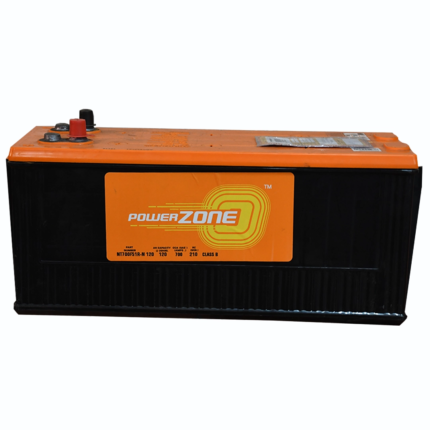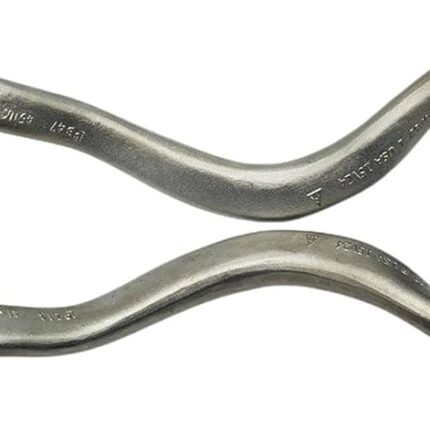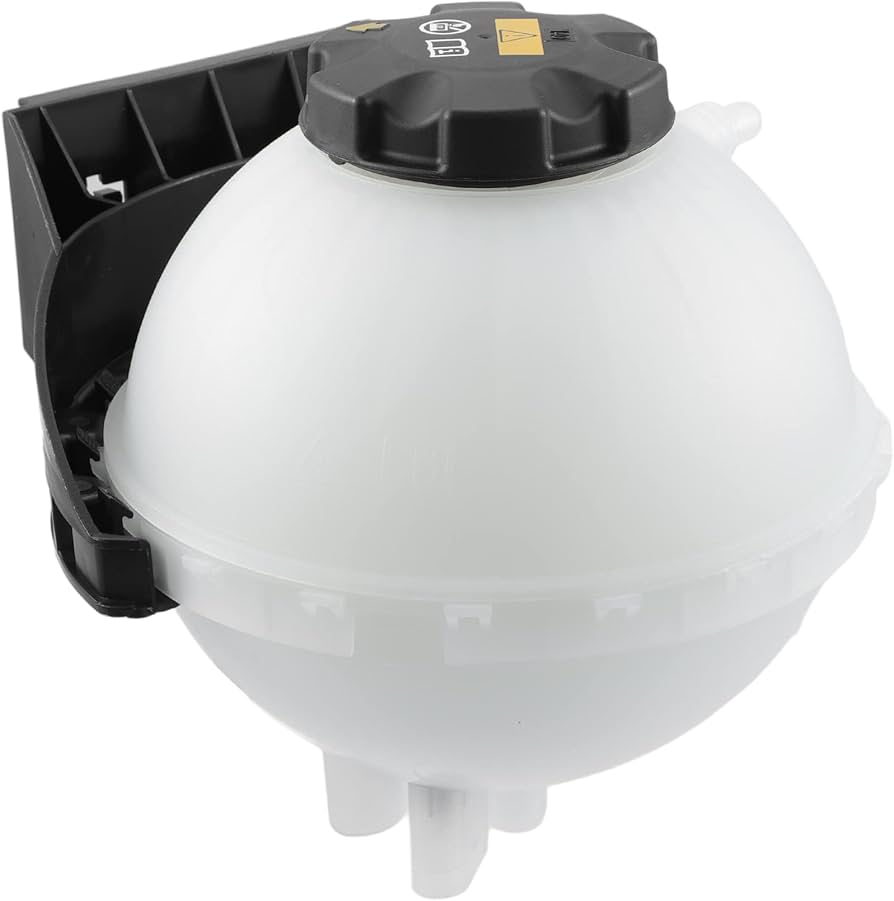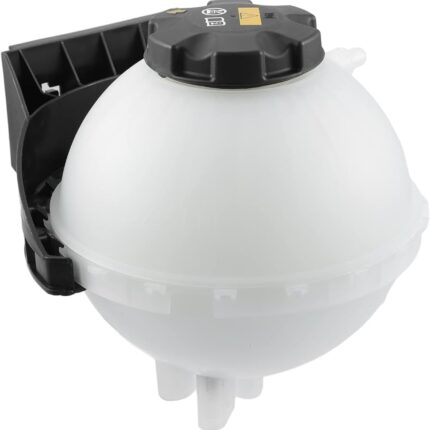Get BMW F34 328i xDrive N20 2.0L Coolant Expansion Tank 17137642158 in Kenya
The coolant expansion tank, also known as the coolant reservoir, plays a critical role in maintaining the proper function of a vehicle’s cooling system. It ensures that the engine runs at an optimal temperature by providing a space for coolant overflow and regulating coolant levels.
Without a properly functioning coolant expansion tank, an engine could overheat, leading to severe damage, including warped cylinder heads, blown head gaskets, and engine failure. This guide explores the functions, benefits, maintenance tips, and signs of failure associated with coolant expansion tanks.
What is a Coolant Expansion Tank?
A coolant expansion tank is a pressurized or non-pressurized container that holds excess coolant from the radiator. It allows the cooling system to maintain the correct coolant level as the engine heats up and cools down.
When the engine operates, coolant expands due to heat. Instead of leaking or causing excessive pressure in the radiator, the expansion tank stores excess coolant and returns it to the system when temperatures drop.
Types of Coolant Expansion Tanks
There are two main types:
- Pressurized Coolant Expansion Tanks
- Acts as part of the cooling system, connected directly to the radiator and cooling passages.
- Uses a pressurized cap to regulate coolant flow.
- Non-Pressurized Coolant Reservoirs
- Acts as a simple overflow container.
- Works with a vented radiator cap that controls pressure.
Functions of a Coolant Expansion Tank
🚗 Regulates Coolant Levels – Ensures there is enough coolant for the engine’s operation.
🌡️ Prevents Overheating – Stores excess coolant and allows it to return when needed.
💦 Reduces Coolant Loss – Prevents coolant from spilling onto the ground.
🔧 Maintains Proper Pressure – Helps balance pressure inside the cooling system.
🛠️ Extends Engine Life – Prevents overheating damage to engine components.
Components of a Coolant Expansion Tank
A typical coolant expansion tank consists of:
✔️ Tank Body – Made of high-temperature-resistant plastic or aluminum.
✔️ Hoses & Connections – Connects to the radiator and cooling system.
✔️ Pressure Cap – Controls pressure and prevents leaks.
✔️ Coolant Level Sensor – (If equipped) Monitors fluid levels and alerts the driver.
How the Coolant Expansion Tank Works
- Engine Starts & Warms Up
- As the engine heats up, coolant expands and increases in pressure.
- Excess coolant flows into the coolant expansion tank.
- Engine Reaches Optimal Temperature
- The coolant remains in the expansion tank while the engine runs efficiently.
- Engine Cools Down
- As the engine cools, coolant contracts.
- The vacuum effect pulls coolant back from the expansion tank into the radiator.
- Repeat Cycle
- This cycle continues every time the engine runs, ensuring stable temperatures.
Benefits of a Coolant Expansion Tank
✅ Prevents Overheating – Ensures coolant remains at proper levels.
✅ Protects Engine Components – Prevents metal parts from warping due to excessive heat.
✅ Reduces Coolant Wastage – Stops coolant from being lost during expansion.
✅ Minimizes Air Pockets – Helps prevent air from getting trapped in the cooling system.
✅ Enhances Cooling System Efficiency – Ensures optimal heat dissipation from the engine.
Signs of a Failing Coolant Expansion Tank
A faulty coolant expansion tank can lead to engine cooling issues. Watch out for these signs:
🚨 Coolant Leaks – Puddles of coolant under the car indicate cracks in the tank or hose connections.
🌡️ Overheating Engine – If coolant isn’t returning to the radiator, the engine may overheat.
⚠️ Low Coolant Warning Light – Some vehicles have a sensor that triggers a dashboard warning.
🔧 Coolant Contamination – If the coolant appears discolored or has particles, the tank might be deteriorating.
💨 Steam from the Engine Bay – Indicates a possible pressure issue or leak in the system.
Causes of Coolant Expansion Tank Failure
Several factors can cause a coolant expansion tank to fail:
🛑 Age & Wear – Plastic tanks degrade over time due to heat cycles.
🛑 Cracks & Leaks – Physical damage from impacts or constant pressure changes.
🛑 Clogged or Blocked Hoses – Restricts coolant flow, leading to overheating.
🛑 Faulty Pressure Cap – If the cap malfunctions, pressure may escape, affecting coolant regulation.
Maintenance Tips for a Coolant Expansion Tank
Regular maintenance helps extend the life of your coolant expansion tank and cooling system.
✔️ Check Coolant Levels Regularly – Ensure the tank is filled to the recommended level.
✔️ Inspect for Leaks – Look for cracks or fluid leaks around the tank and hoses.
✔️ Use the Correct Coolant Type – Always use the manufacturer-recommended coolant.
✔️ Replace the Pressure Cap if Needed – A worn-out cap can lead to coolant loss.
✔️ Flush the Cooling System Periodically – Removes contaminants and prevents blockages.
How to Replace a Coolant Expansion Tank
If your coolant expansion tank is damaged or leaking, follow these steps to replace it:
Tools Required
🛠️ New coolant expansion tank
🛠️ Screwdriver & pliers
🛠️ Drain pan for coolant
🛠️ Replacement coolant
Steps to Replace the Tank
- Allow the Engine to Cool Down – Never open the coolant system when hot.
- Locate the Coolant Expansion Tank – Usually near the radiator.
- Drain Excess Coolant – Use a drain pan to catch any spilled coolant.
- Disconnect the Hoses – Carefully remove the hoses from the tank.
- Remove the Old Tank – Unscrew or unclip the tank from its mount.
- Install the New Tank – Secure it properly and reconnect the hoses.
- Refill the Coolant – Use the correct coolant and fill to the recommended level.
- Check for Leaks – Start the engine and monitor for any leaks.
How to Choose the Right Coolant Expansion Tank
When replacing your coolant expansion tank, consider:
✅ Vehicle Compatibility – Ensure it matches your car’s make and model.
✅ Material Quality – Choose high-grade plastic or aluminum for durability.
✅ Correct Capacity – Ensure the tank holds the required amount of coolant.
✅ OEM vs Aftermarket – OEM parts fit perfectly, while aftermarket options may offer cost savings.
Common Questions About Coolant Expansion Tanks
1. Can I Drive with a Cracked Coolant Expansion Tank?
❌ No – A leaking tank can cause coolant loss, leading to overheating and engine damage.
2. How Often Should I Check My Coolant Expansion Tank?
🔄 At least once a month or before long trips.
3. What Happens If My Coolant Expansion Tank is Empty?
🚨 Your engine may overheat, leading to costly repairs or failure.
4. Do All Cars Have a Coolant Expansion Tank?
⚙️ Most modern vehicles have one, but older models may rely on an overflow reservoir.
Final Thoughts
The coolant expansion tank is a crucial part of your vehicle’s cooling system. It regulates coolant levels, prevents overheating, and ensures smooth engine operation. Regular maintenance and timely replacement can extend engine life and prevent costly repairs.
Follow us on Facebook for more parts.





Reviews
Clear filtersThere are no reviews yet.